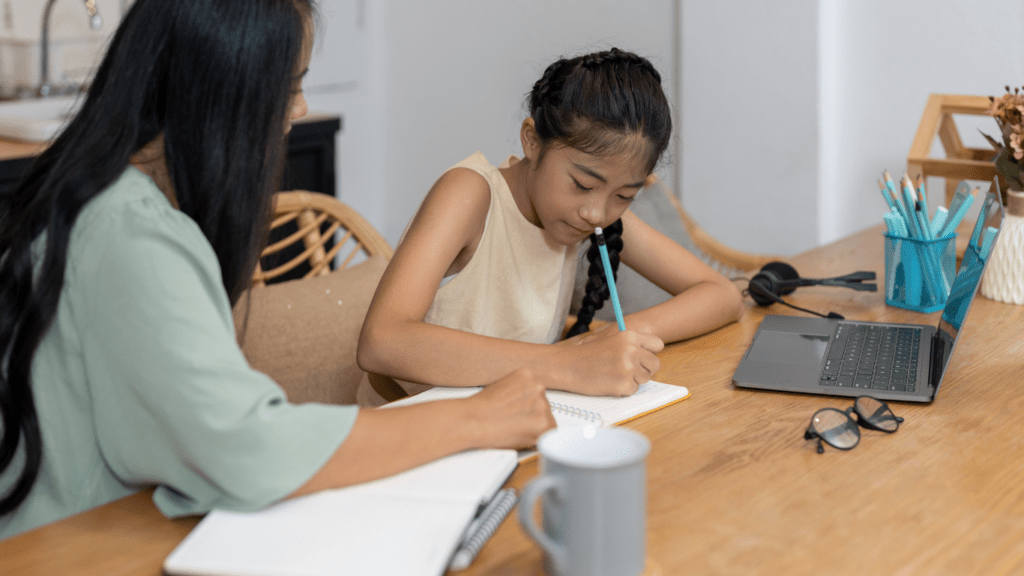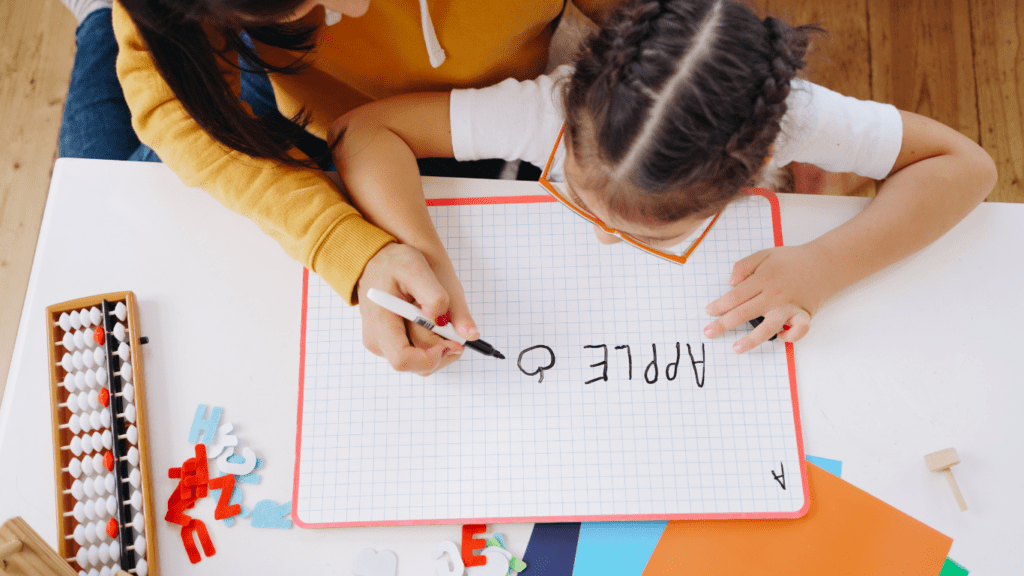As a mother, I understand the importance of creating a supportive learning environment for our children right at home. In today’s fast-paced world, being actively involved in our child’s education is crucial.
From fostering a love for learning to providing the right resources, there are numerous ways we can enhance our child’s educational journey from the comfort of our homes. In this article, I’ll share practical tips and strategies for moms to support their child’s learning and academic growth outside the traditional classroom setting.
Let’s explore how we can make a positive impact on our child’s education together.
Understanding Your Child’s Learning Style
Understanding your child’s learning style is key to effectively supporting their educational journey at home. By recognizing how your child learns best, you can tailor your approach to maximize their learning potential.
Here are some common learning styles and how you can identify them:
- Visual Learners: Visual learners grasp information best through visual aids like charts, diagrams, and color-coded notes. They might prefer watching educational videos or using flashcards to enhance their learning experience.
- Auditory Learners: Auditory learners learn most effectively through listening. They excel in discussions, lectures, and audiobooks. Encourage your child to read aloud or record key information to reinforce learning.
- Kinesthetic Learners: Kinesthetic learners thrive on hands-on activities and physical experiences. They learn by doing and benefit from interactive tasks, experiments, and practical demonstrations.
- Reading/Writing Learners: Reading/writing learners prefer traditional text-based learning. They excel in reading books, writing essays, and taking detailed notes. Provide ample reading materials and writing tools to support their learning.
Identifying your child’s primary learning style can guide you in creating a conducive learning environment tailored to their needs and preferences. By adapting your teaching methods to align with their learning style, you can optimize their learning experience and foster their academic growth effectively.
Creating a Positive Learning Environment at Home
When supporting my child’s learning at home, designing a study area is crucial to help them focus. It’s essential to create a designated space with minimal distractions where they can comfortably engage in educational activities.
Designing a Study Area
To optimize my child’s learning environment, I designate a specific area in our home for studying. This space includes a comfortable desk and chair, adequate lighting, and essential school supplies like pens, papers, and textbooks.
By creating a dedicated study area, I can instill a sense of structure and focus in my child’s learning routine.
Setting a Routine for Learning Activities
Establishing a consistent routine for learning activities is key to promoting a positive learning environment. I schedule regular study sessions at times when my child is most attentive and alert.
By setting a structured routine, I help my child develop good study habits and cultivate a disciplined approach to learning.
Incorporating Fun Learning Activities
Engaging in educational activities that are enjoyable can significantly enhance your child’s learning experience at home. By incorporating fun learning activities, you can make the educational journey more interactive and exciting.
Here are some practical tips for moms to infuse fun into their child’s learning routine:
1. Educational Games and Puzzles
Introducing educational games and puzzles can make learning enjoyable for children. Games that involve math, language, or science concepts can help reinforce academic skills in a playful manner.
For example, math board games can make numbers more engaging, while word puzzles can enhance vocabulary and language skills.
2. Arts and Crafts Projects
Encouraging creativity through arts and crafts projects can be both fun and educational. Activities like painting, drawing, or crafting allow children to express themselves while developing fine motor skills and cognitive abilities.
Moms can integrate educational themes into these projects to make learning more interactive.
3. Science Experiments at Home
Conducting simple science experiments at home can spark curiosity and interest in scientific concepts. Simple experiments using household items can help children understand basic scientific principles while having fun exploring and discovering new things.
Engaging in hands-on activities like these can make learning science enjoyable and memorable.
4. Educational Apps and Online Resources
Utilizing educational apps and online resources tailored to your child’s age and learning level can make learning more interactive and accessible. Educational apps covering various subjects like math, languages, and science can provide a fun way for children to expand their knowledge and skills.
Choosing reputable and engaging apps can enhance your child’s learning experience. By incorporating these fun learning activities into your child’s daily routine, you can create a stimulating environment that promotes both academic growth and a love for learning.
Making learning enjoyable at home can have a lasting impact on your child’s educational journey and overall development.
Using Technology Wisely for Educational Purposes
Incorporating technology into a child’s learning journey can be a powerful tool when used wisely. As a mother supporting your child’s education at home, I understand the importance of leveraging technology to enhance their learning experience.
Here are some tips to help you make the most of educational technology:
- Select Educational Apps and Websites Carefully: When choosing apps and websites for your child, opt for those that align with their learning goals and interests. Look for interactive, age-appropriate content that can supplement their academic curriculum.
- Set Screen Time Limits: While technology can be beneficial, it’s essential to monitor and limit your child’s screen time. Establish boundaries to ensure that they are engaging with educational content in moderation while also participating in other enriching activities.
- Encourage Active Learning: Use technology to promote active learning experiences for your child. Encourage them to engage with educational apps that require problem-solving, critical thinking, and creativity, fostering a deeper understanding of concepts.
- Utilize Virtual Tours and Educational Videos: Explore virtual tours of museums, historical sites, and cultural landmarks to provide your child with immersive learning experiences. Educational videos can also be a valuable resource for visual learners, enhancing their comprehension of complex topics.
- Engage in Digital Storytelling and Creative Projects: Encourage your child to create digital stories, presentations, or multimedia projects to enhance their communication and digital literacy skills. These activities can boost creativity and provide a platform for self-expression.
By incorporating technology wisely and intentionally into your child’s learning routine, you can create a dynamic and engaging educational environment that complements their traditional education. Embrace the opportunities that technology offers to enrich your child’s learning experience and foster their academic growth.



 Deborah Sextoneer brought her passion for community building and user engagement to Dazzling Holly Moms, playing a vital part in the platform's development. With her keen understanding of the challenges mothers face, Deborah ensured that the content resonates with moms and addresses their diverse needs. Her efforts in creating interactive features and fostering a supportive community have made Dazzling Holly Moms a go-to platform for mothers looking for practical advice and a sense of belonging. Deborah’s contributions have been essential to the project's ongoing success.
Deborah Sextoneer brought her passion for community building and user engagement to Dazzling Holly Moms, playing a vital part in the platform's development. With her keen understanding of the challenges mothers face, Deborah ensured that the content resonates with moms and addresses their diverse needs. Her efforts in creating interactive features and fostering a supportive community have made Dazzling Holly Moms a go-to platform for mothers looking for practical advice and a sense of belonging. Deborah’s contributions have been essential to the project's ongoing success.